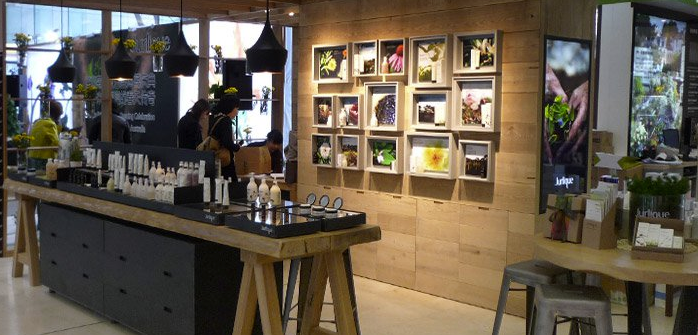At most U.S. and European grocery and drugstores, it’s easy to find at least an aisle or two devoted to organic and natural products like soy candles and organic body lotions. Asia was perhaps a bit slower to jump on the bandwagon, but. these days, the Asian market for natural and organic personal care products is growing—by more than 15% a year, in fact.
Few Asian companies appear to be capitalizing on shopper demand and are facing hurdles such as lack of standardization and high certification costs (to be able to claim a product is organic, for example). Conversely, American, Australian, and European brands have established credibility and are moving into the Asia market. But they are learning firsthand the challenges of playing in emerging retail markets.
To start, a diverse retail environment and the prevalence of traditional channels such as markets and bodega-like storefronts complicate the distribution process. As a result, many natural brands are finding the best solution to be “going it alone,” and are opening their own concept stores where Asian shoppers can truly experience and learn about the brands and products.
One such organic beauty brand, Australia-based Jurlique, already has a large network of locations across Asia including 35 concept stores. French company Melvita is also opening concept stores, as is with Neal’s Yard Remedies, a leading U.K. brand. This direct route, while challenging, certainly has its benefits. Brands can have more control over product merchandising and marketing at retail. And, therefore, they have more control over how shoppers experience and learn about the products and, ultimately, spread the word.
Like their counterparts in western markets, Asian shoppers look to word of mouth recommendations. Natural brands need to give shoppers something to talk about in order to really gain traction and become recognizable in this vast retail environment. As this trend continues, perhaps brands will tap into mobile marketing or kiosk models to expand their retail footprints and engage with shoppers.
Contributed by Integer Asia-Pacific
Photo Source: Jurlique


